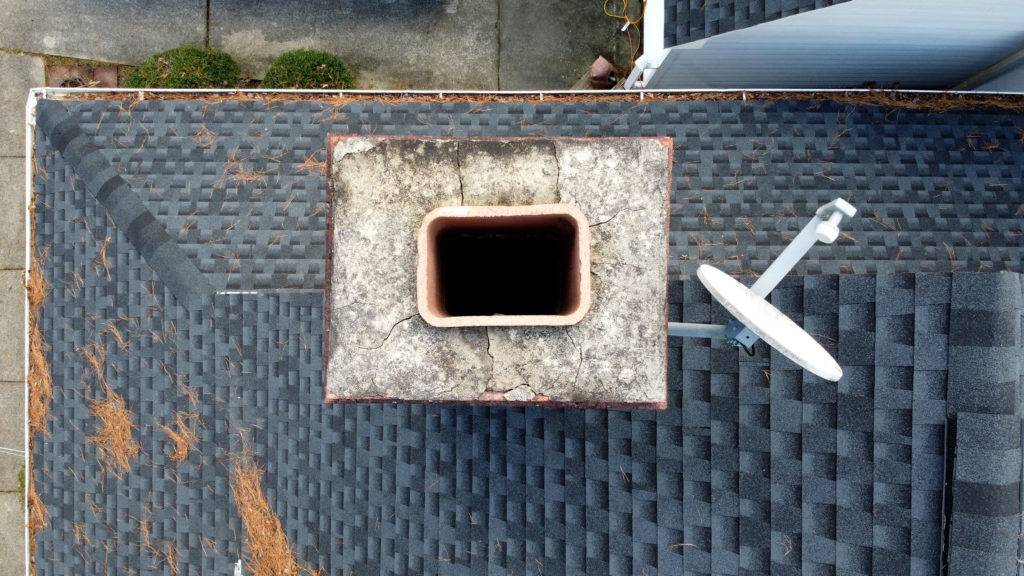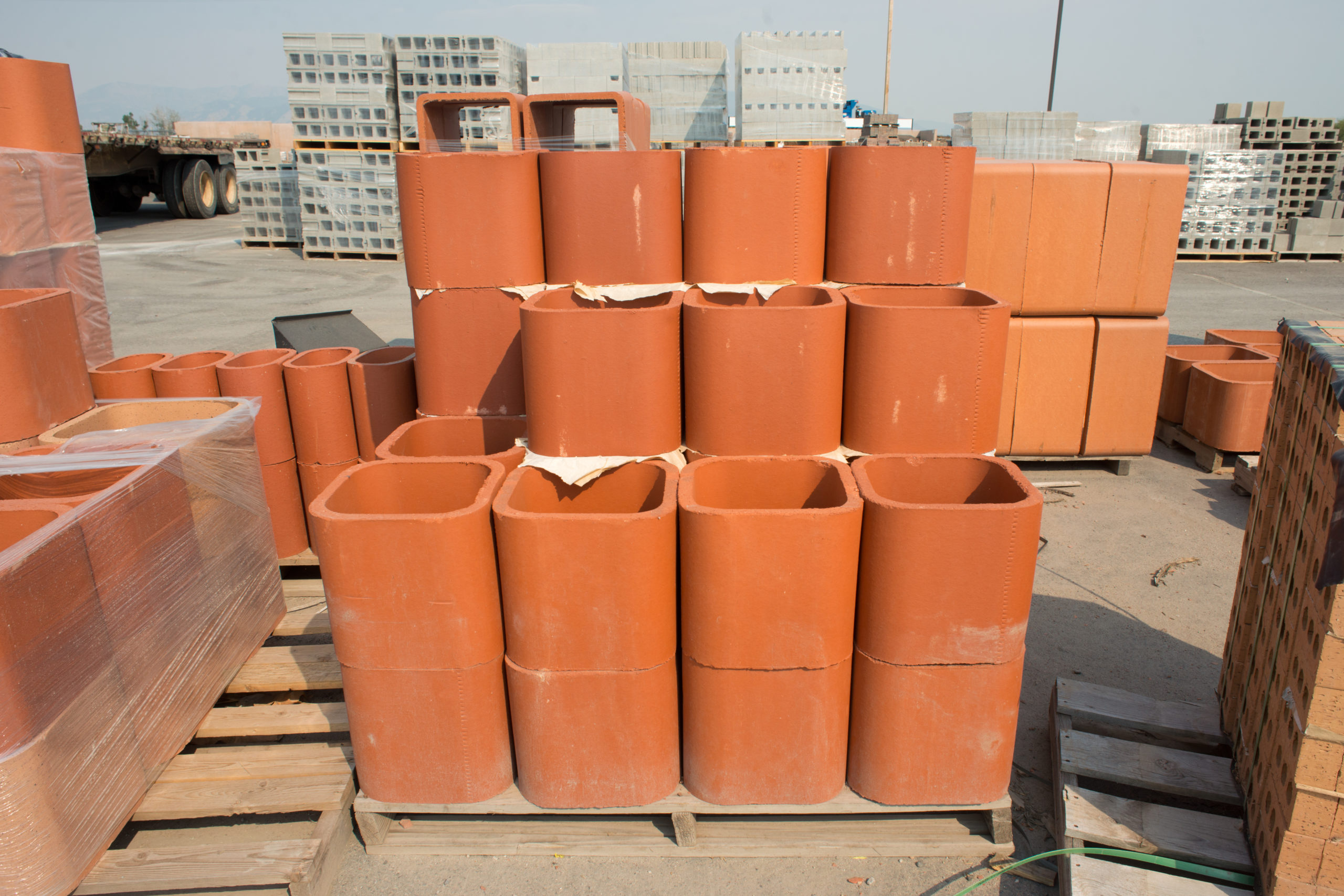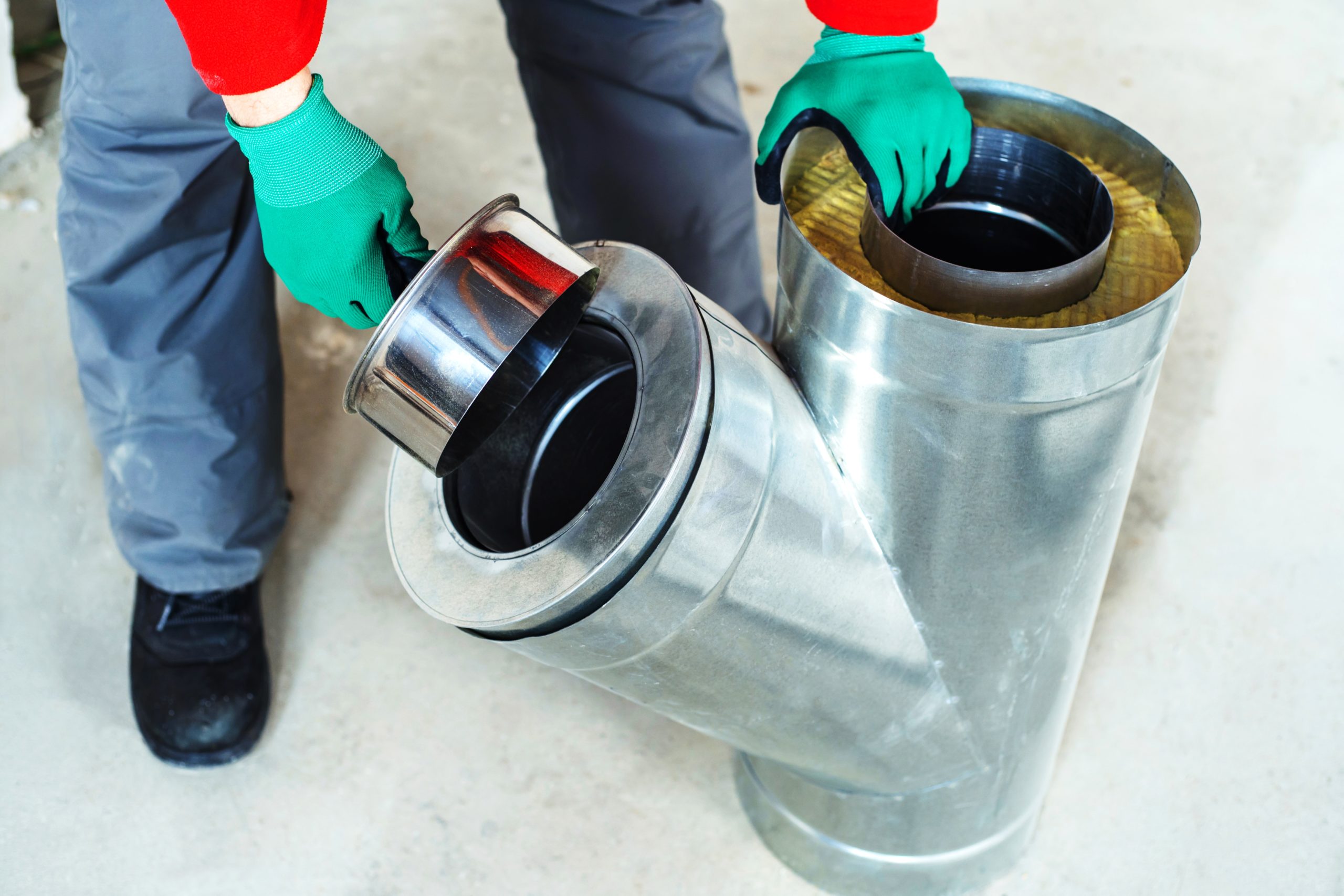It’s essential that you have a properly functioning chimney flue liner if you have a fireplace or home appliance that uses a chimney. Flue liners—hidden out of sight inside your chimney—are easy to ignore until it’s too late. Chimney liners are essential for a safe and efficient fireplace and are vital in preventing fire hazards.
Dig in as we explore the different types of chimney liners and answer the burning question, “How much does a chimney liner cost?” to help you make an informed decision and protect your home.
Overview of Chimney Liner Types
You’re spoilt for choice when relining your chimney to increase your home’s safety and energy efficiency. Typically, you have three types of chimney liners to pick from, including:
Metal Liners
Metal liners are either made from aluminum or stainless steel. Aluminum liners are ultralightweight and easy to install but may only be used with propane or natural gas appliances.
Stainless steel chimney liners fall into three categories—304, 316, and 316Ti. Grade 304 liners have good corrosion resistance but aren’t ideal for high-heat environments. The 316 stainless steel liners have superior corrosion resistance and are compatible with gas, wood, and oil-burning appliances. The 316Ti liners are best-in-class liners for wood-burning appliances.
Clay Tile Liners
Affordable and readily available clay tile liners have been around for centuries. They’re often found in traditional wood-burning masonry or open chimneys. Clay liners are made from terracotta clay and are poor heat conductors. Since the tiles don’t evenly absorb or distribute the heat, they tend to crack and split. They’re suitable for wood stoves, gas appliances, or inserts.
Cast-in-Place Liners
Cast-in-place liners are made by pouring a cement-like mixture into your chimney flue. You may use these castable liners if your chimney is irregularly shaped or has damaged brickwork. Although lightweight, cast-in-place liners provide excellent structural support to an aging chimney. They’re good insulators, are heat resistant, and can withstand higher temperatures but require professional installation.
Benefits of Each Liner Type
Each type of line carries specific benefits based on its construction and material. Gaining insights into these advantages can help you choose the best option when repairing your chimney.
Durability and Efficiency of Metal Liners
Metal liners are made from aluminum or stainless steel, making them highly durable and corrosion-resistant. You may use metallic liners with gas or oil-fired appliances since they can easily withstand high temperatures. Metal liners help improve airflow and reduce energy loss, while their smooth surfaces prevent creosote buildup. Creosote is a highly flammable compound that often causes chimney fires.
Traditional Use and Cost-Effectiveness of Clay Tiles
Clay tiles are an excellent choice for traditional masonry and open chimney systems. They have excellent heat resistance and are ideal for wood-burning fireplaces. Clay tiles are a cost-effective option for homeowners looking to reline their chimneys on a tight budget. Although durable and provide excellent heat resistance and insulation, clay liners are susceptible to splitting from temperature fluctuations.
Structural Support and Insulation of Cast-in-Place Liners
Because they provide excellent structural support, cast-in-place liners are ideal for homeowners with aging chimneys with damaged brickwork. These liners will reinforce the integrity of your old chimney and prevent further deterioration. Cast-in-place liners have excellent insulation properties, reduce heat transfer, and will improve your heating system’s energy efficiency.
Choosing the Right Liner for Your Home
Chimney liners aren’t created equal—some fare better with various fuel types, while others don’t. While it’s tempting to settle on any of the three options—metal, clay tile, or cast-in-place flue liners, you’ll get better results with a more granular selection process.
Here’s the low down on choosing the right flue liner for your home and getting the best value for your money.
Considerations Based on Fuel Type and Chimney Age
Fuel type is a major consideration when buying a chimney liner because it determines the by-product of the burning process. Common fuel types include coal, wood, natural gas, and oil.
- Clay tile liners can withstand extreme heat, are corrosion resistant, and are suitable for wood, oil, gas, and oil.
- Metal chimney liners are made of stainless steel or aluminum. Stainless steel flue liners are compatible with oil, gas, and wood-burning appliances—but they come down the grade. Metallic flue liners have a distinct advantage over other liners because they’re insulated. An insulated chimney liner is safer, more efficient, and compatible with various appliances.
- Cast-in-place flue liners are resistant to acids, heat, and condensation, which allows them to work with any fuel type.
Chimney age and condition are also significant considerations when choosing flue liner because they determine its safety and efficiency. Older chimneys are likely to be damaged, cracked, or corroded. As such, you may need to address these problems before installing a new liner.
You can avoid these repair costs by installing a high-grade stainless chimney flue. If you have an old masonry chimney that’s deteriorated or has structural issues, you’re better off with a cast-in-place flue liner.
Factors Influencing Liner Performance and Longevity
The performance and longevity of your flue liner come down to the material, proper usage, maintenance, and installation. But how long do chimney liners last? The average lifespan of a flue liner depends on its composition.
With proper care and installation, clay tile and poured-cement flue liners have an average lifespan of 50 years. Depending on the grade, stainless steel liners have a lifespan of 50 to 100 years. Low-quality metal liners barely last five years, while others last 15 to 20 years.
You must match your flue liner with the proper fuel to minimize the risk of corrosion and fire hazards. Using the wrong fuel type may pose a corrosion risk, lowering the liner’s lifespan. The wrong liner choice in a wood-burning fireplace poses the risk of a creosote buildup, possibly leading to a fire outbreak.
Maintain the Integrity of Your Chimney Liner with SootServ
Picking the right chimney liner is the key to keeping your home warm and toasty during the year’s colder months. At Sootserv, your leading Baton Rouge chimney sweep service, we specialize in helping homeowners keep their chimneys in pristine condition. From routine maintenance, repairs, and installation, you can count on our skilled professionals to get the job done right.
Don’t let a dangerous creosote buildup endanger your life and possessions. Schedule a professional chimney sweep today!



